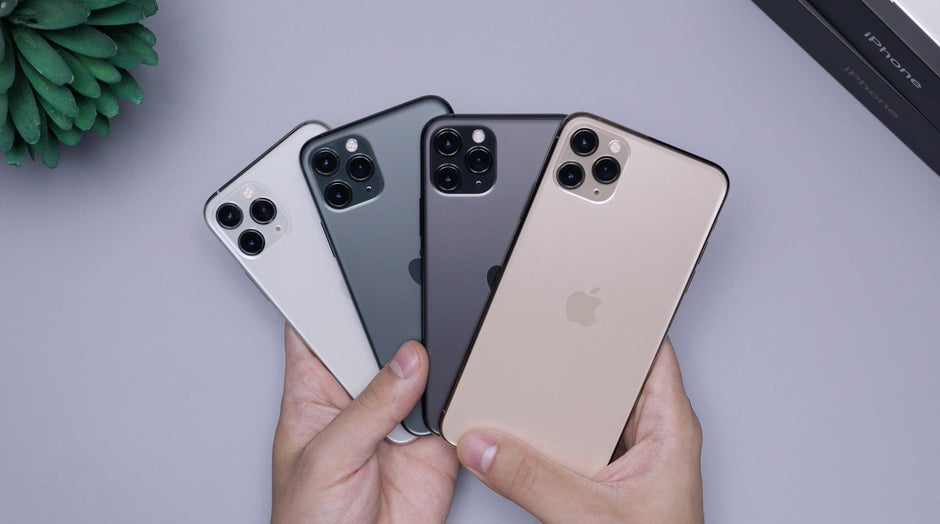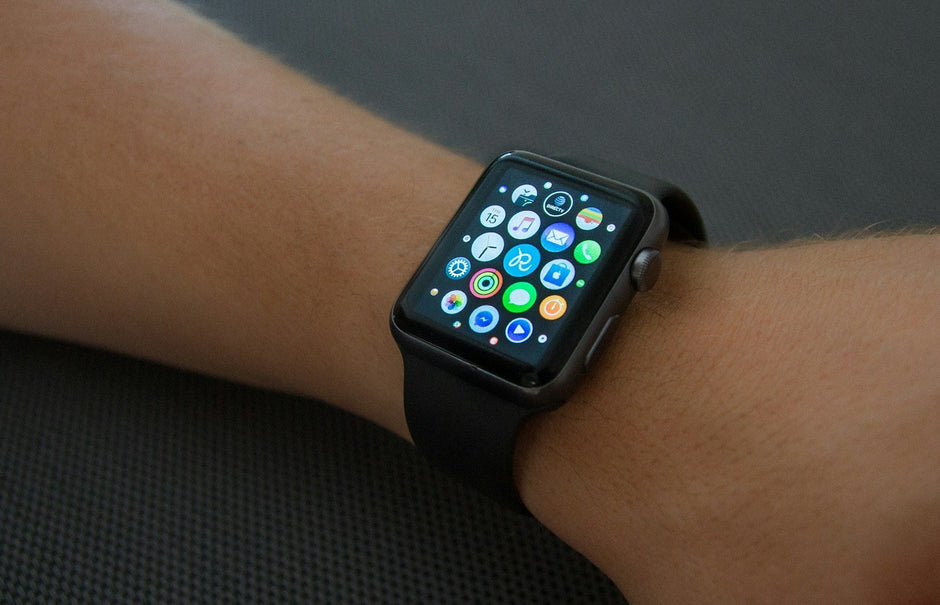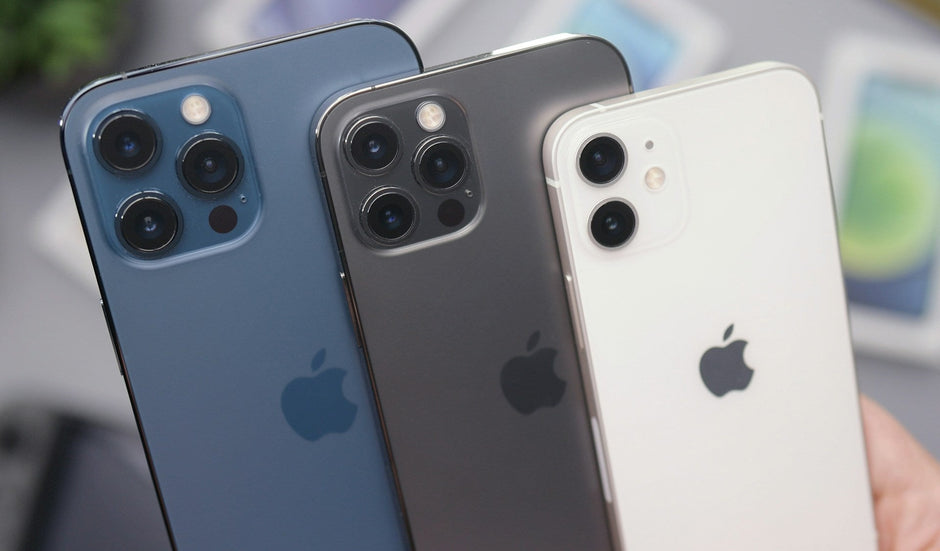Stuck with a dying battery when you’re nowhere near a wall socket? That’s exactly why power banks exist. They’re the modern-day lifeline for anyone who uses their phone or tablet more than a few hours a day—which, let’s be real, is pretty much everyone. But selecting the proper power bank is more than grabbing the first one you spot on the internet. There are essential things you must know so that you can make an informed decision—such as capacity, output speed, weight, and compatibility.
Below is a no-nonsense, no-jargon guide to assist you in obtaining the proper power bank for your smartphone or tablet without the hype.
1. Familiarize Yourself with Your Device's Battery Size First
Before you even consider purchasing a power bank, determine your phone or tablet battery capacity. It's expressed in milliamp hours (mAh). For instance:
- Most contemporary smartphones are between 3,000–5,000 mAh
- Tablets tend to have 6,000–10,000 mAh or higher
Why is this relevant? Because your power bank capacity must at least be equal to, if not higher than, your device's battery capacity—if you need more than one full charge when out and about.
2. Know Power Bank Capacity (and What It Actually Is)
Power bank capacities vary from small 2,000 mAh lipstick-sized to huge 30,000 mAh bricks that can charge several devices several times.
Here's a brief rundown:
- 5,000 mAh or smaller – Small and light. Suitable for a single partial recharge. Ideal for being an emergency backup.
- 10,000 mAh – Decent middle-of-the-road option. Can charge most smartphones 1.5 to 2 times. Thin enough to fit in pockets.
- 20,000 mAh or higher – Perfect for heavy users or for travelers. May charge a phone 4+ times or a tablet twice. It will be bulkier.
But here's the rub: not everything listed as capacity can be used. Because of energy lost in voltage conversion and as heat, you usually have access to only around 65–70% of the capacity. So a 10,000 mAh power bank may in reality provide you with 6,500–7,000 mAh of usable charging power.
3. Look at the Output Speed (Expressed in Amps or Watts)
If you despise slow charging, listen up. Charge speed is based on power output, typically in amps (A) or watts (W). The greater the figure, the quicker the charge—provided your device can handle it.
- 1A output – Low-end, slow charging. Suitable for ancient phones.
- 2A or 2.4A output – Typical for most new phones and tablets.
- 3A+ or 18W+ output – It is considered fast charging, and it supports features such as Quick Charge or USB Power Delivery (PD).
There are power banks that have more than one port with different speeds, so you can charge your phone quickly and your headphones or watch slowly.
Tip: Opt for power banks that have fast-charging support (such as PD or QC) if your device has that support. It makes a significant difference.
4. Be Aware of the Input Speed Too (How Quickly the Power Bank Itself Recharges)
No one mentions this, but it matters: how quickly does the power bank recharge? If you spend money on a 20,000 mAh power bank and it takes 12 hours to recharge, that's an issue.
Look for the input rating (usually stamped near the charging port) and opt for one that is capable of fast recharging, ideally via USB-C with PD. Some of the latest power banks even feature bidirectional charging via USB-C, meaning the same port is used to charge the power bank and your phone.
5. Port Types and Compatibility
Nowadays, ports are not just a hole to shove a cable into. Most power banks will have at least one, and sometimes several, of the following:
- USB-A – The old standard full-size USB. Compatible with most generic cables.
- USB-C – The new standard. Smaller, faster, reversible. Fast charging compatible.
- Micro-USB – Old news, but still on budget models.
Ensure your power bank includes the ports your gear requires—or that you carry compatible cables. A USB-C PD output power bank is your future-proof option.
6. Weight, Size, and Portability
This is where personal preference comes into play. Do you desire one that will fit in your jeans pocket? Or are you happy carrying a heavier device in your backpack
- Light travelers – Use 5,000–10,000 mAh devices.
- Heavy users or road warriors – You'll need 15,000–30,000 mAh and more ports.
- Casual commuters – A 10,000 mAh bank is a good compromise between capacity and portability.
If you need wireless charging or cables integrated into the power bank, these features tend to bulk things up. Determine whether convenience is worth the volume.
7. Safety Features and Build Quality
Don't skimp. A shoddy power bank might overheat, swell, or even burst into flames.
Stick with brands that offer:
- Overcharge protection
- Temperature control
- Short circuit protection
- Battery certifications like CE, FCC, or RoHS
Also, read reviews. If multiple buyers complain about the power bank dying within months, skip it.
8. Bonus Features That May Be Worth It
Some power banks come with handy extras:
- LED display for exact battery percentage
- Built-in cables to avoid carrying extras
- Solar panels for off-grid charging (just don’t expect speed)
- Wireless charging (lovely if you dislike cables, but just a bit less efficient)
These are not essentials, but they can make all the difference between "good" and "flawless" for your lifestyle.
Final Thought
A power bank is more than just another tech gadget—it's a policy of protection for your online existence. The right one holds you in the hands of connectivity when you need it most, whether you're on the road, on the commute, or trapped in a blackout. Consider how you use your gadgets, how long you're off the grid, and what features are important to you.







